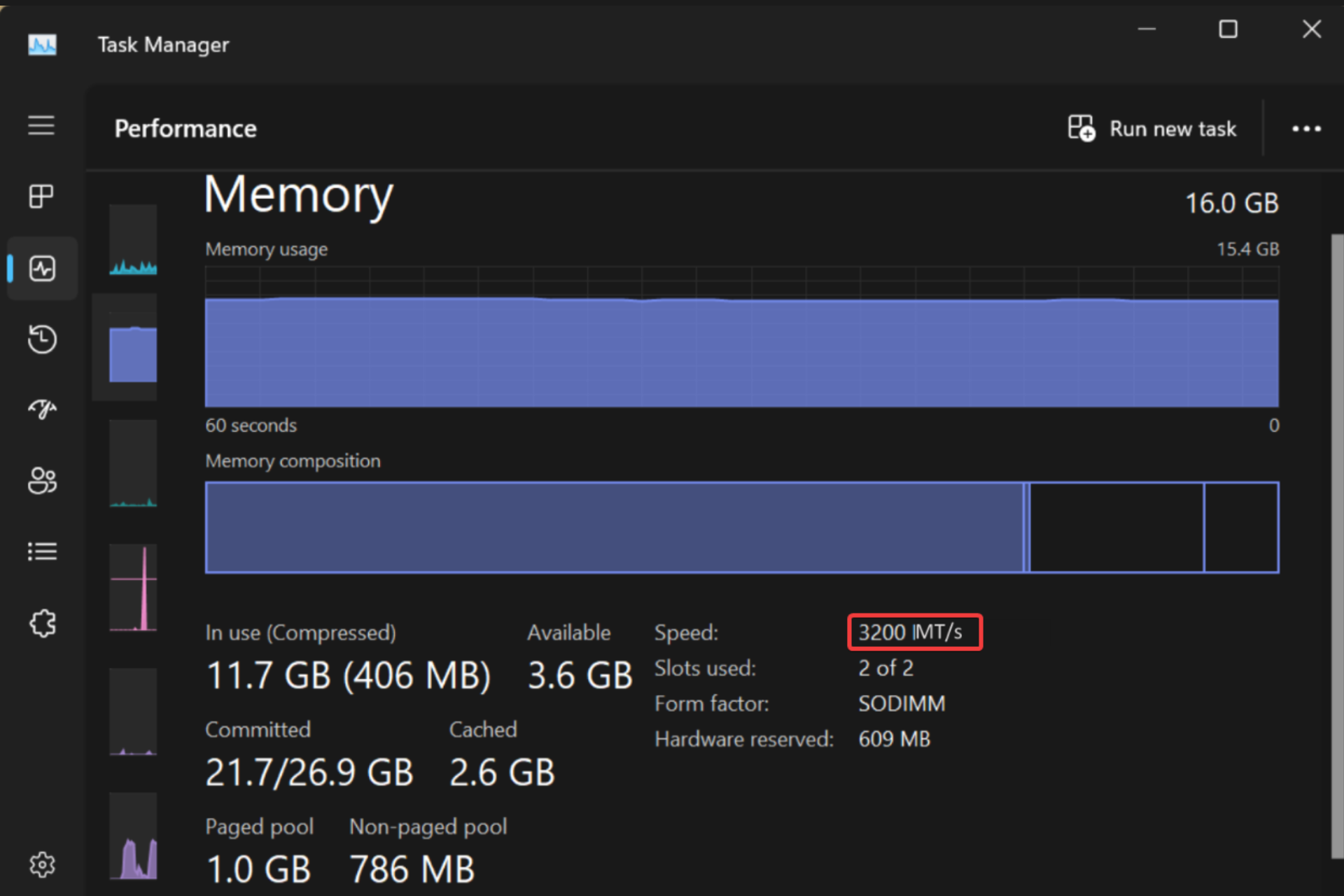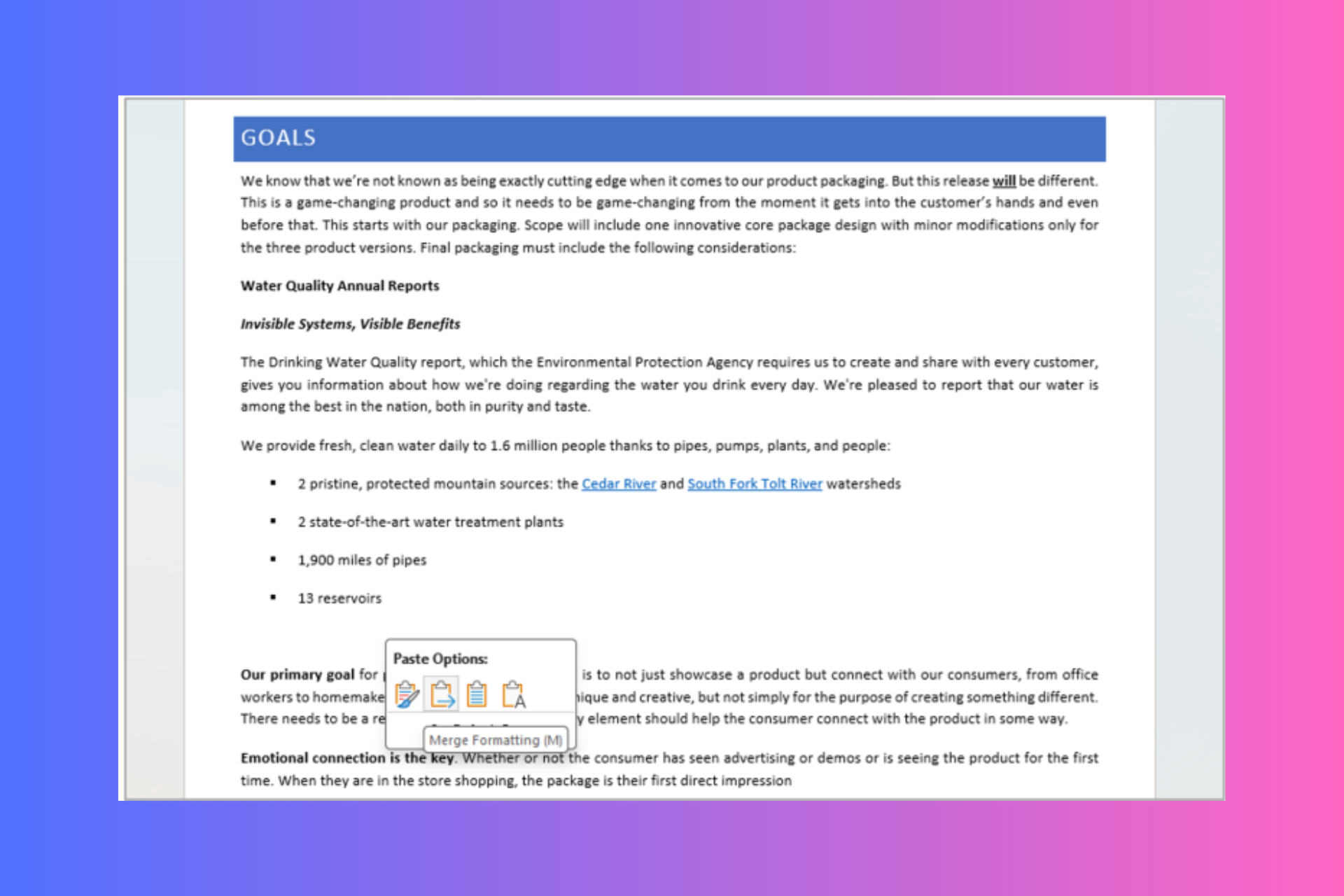Microsoft 365 Lighthouse introduces much needed alerts and notifications
2 min. read
Published on
Read our disclosure page to find out how can you help Windows Report sustain the editorial team Read more

Microsoft 365 Lighthouse has introduced alerts and notifications feature so that the users can take action immidetly. Lighthouse is a cloud-based management platform that helps Managed Service Providers (MSPs) manage multiple Microsoft 365 customer tenants at scale.
One of the key introduced features of Microsoft 365 Lighthouse is its multi-tenant alert capabilities. MSPs can configure customized alerts for different scenarios and target them to specific tenants or groups. MSPs can also integrate alerts with third-party ticketing systems.
Here are key features and capabilities related to alerts and notifications in Microsoft 365 Lighthouse.
Predefined and Custom Alerts
-
- By default, Lighthouse includes several sample alert types that MSPs can modify to suit their needs.
- MSPs can also create custom rules for alerts, targeting tenants by name or using tags to organize tenants into management groups.
Available Alert Types
Lighthouse provides several predefined alert types, including:
- Risky Users: Alerts related to risky behaviors detected in user accounts.
- Devices without Antivirus Protection: Alerts for devices lacking antivirus protection.
- Baseline Variance Detection: Alerts for baseline deviations.
- Non-Compliant Devices: Alerts for non-compliant devices.
- Security Incidents: Alerts for detected security incidents.
- Active Threats on a Device: Alerts for active threats on devices.
Alert Targeting
-
- MSPs can choose to alert all tenants, specific tenants, or tenants grouped by tags.
- Alerts can be configured to notify users, groups within the tenant, or third-party email addresses.
Viewing and Managing Alerts
-
- Lighthouse provides an Alert page where MSPs can view and manage alerts.
- The page offers a historical view of alert resolution rates and allows further investigation of each alert.
- Information on the alert rule that triggered an entry is easily accessible.
- Links to impacted users or devices are provided for taking appropriate actions.
Alert Status and Assignment
-
- MSPs can set the alert status and severity.
- Alerts can be assigned to specific users.
- Additional comments can be added to the alert for notes or resolution steps.
Alert History
-
- Each alert has a complete history viewable by MSPs.
- The history includes when the alert was opened, any added comments, and an audit log of updates made to the alert.
Overall, I believe that Microsoft 365 Lighthouse’s multi-tenant alert capabilities are a valuable addition to the platform. They provide MSPs with the tools they need to proactively monitor their customers’ tenants and quickly respond to any potential issues.








